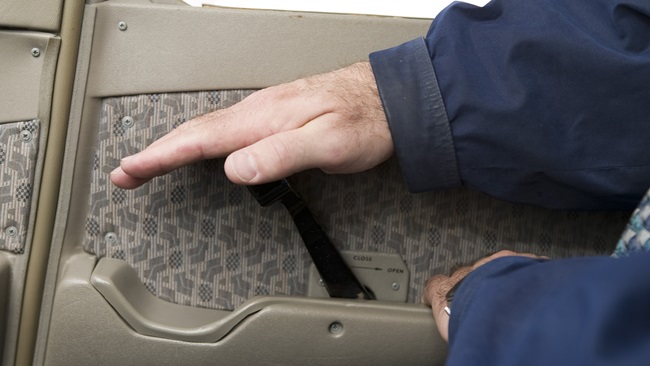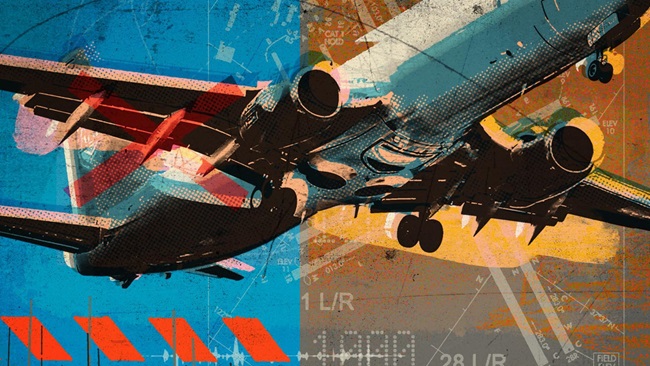Proficient Pilot: IM SAFE (or not)
Sometimes you need to ground yourself
A welcome aspect of piloting an aircraft is that it can be a form of escape. Flying seems to temporarily distract and relieve us from life’s turmoil and the curveballs that are thrown our way on the ground. Earthly problems seem to blur and dim as we take to the sky, even though we know that they will still be there upon our return. So it is that the challenges of daily life generally do not interfere with flight safety.
I recently discovered, however, that this relief valve is not as reliable as I had come to believe.
Five days before writing this, my wife, Dorie, and I (with the counsel of our veterinarian) were forced to concede that Boychik, our 13-year-old Havanese dog, was in store for a painful passing that likely would occur in a matter of days. We decided with gut-wrenching consternation that it would be in his best interest to end his suffering and send him on his way to the “Rainbow Bridge.”
His journey, we decided, should begin at home, where he would be most comfortable. The thought of abandoning him at the vet’s office to be put down while on a cold, stainless-steel table was unbearable. The vet arrived at our home that afternoon, and Boychik was soon cradled in my arms, his beautiful, trusting eyes looking at me one last time. He was made to fall asleep and soon passed into another world while snuggled in Dorie’s lap.
It did not matter that ending Boychik’s suffering was the right thing to do. I felt as though I had betrayed my best friend. The grief and heartbreak was unlike anything I had ever felt. It was as though a part of my soul had been ripped away.
That night I finally managed to cry myself to sleep but awoke to more tears after only a few hours. Unable to return to sleep, I crawled out of bed and spent the predawn hours stumbling about the house like a zombie. There were reminders of Boychik everywhere. There was a cookie “buried” in a remote corner; his half-filled water bowl sat next to a kitchen wall; a leash hung from a doorknob; his favorite toy, a squeaky squirrel, lay forlornly on the living room floor. Our home seemed devoid of energy, as if the essence of life had been sucked out and replaced with a heavy cloud of sadness. (“Dog people” might better understand these sentiments than others.)
Thankfully, I had access to relief. The day after Boychik departed I was to fly a rented Cessna 172SP from Camarillo, California, to Santa Monica to have lunch with friends. It was a short, 20-minute flight that I had made what seemed like a thousand times before. I could fly there in my sleep.
I conducted the preflight inspection in a perfunctory manner, finding that I had to repeat certain steps to convince myself that I really had checked this or that. I soon began to recognize that I also needed to preflight myself. The FAA’s acronym “IM SAFE” came to mind. (The letters stand for illness, medication, stress, alcohol, fatigue, and emotion, factors that can impact flight safety.) I admit that I had always made fun of this and some of the FAA’s other seemingly unnecessary acronyms. After all, I thought, if I weren’t fit to fly, I would simply know it. I discovered in the Aeronautical Information Manual, however, that relying on intuition can lead to disastrous results. The AIM says that emotional distress can decrease alertness and lead to risk-taking that borders on self-destruction. This could apply to me. I was a basket case, and I knew it.
I locked the airplane, reattached the tiedown chains, returned the keys to the rental desk, and called my friends to explain why I had temporarily grounded myself. I then climbed into my car and began driving home, tears returning when thoughts of Boychik drifted across my consciousness.
This experience taught me in a different way that there are times when the most successful flights are those that never leave the ground.
Web: www.barryschiff.com
Barry Schiff has written more than 1,700 magazine articles and 12 books (including two novels) dealing with aviation.



